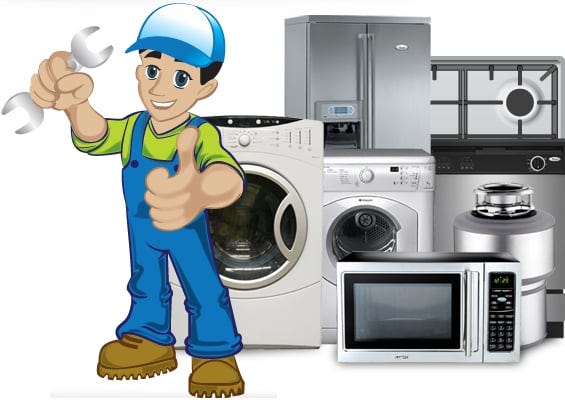-
-
Open Time:
Mon-Sat (8am - 6pm)



Home wiring and Appliances Repaired with DM GROUP
1. Assessment and Planning:
- Evaluate electrical systems, circuits, and components to determine issues or requirements.
- Plan the installation, maintenance, or repair work needed based on assessments.
2. Installation:
- Install wiring, lighting fixtures, electrical outlets, and circuit breakers according to electrical codes and blueprints.
- Mount and connect switches, relays, and other components.
3. Testing and Troubleshooting:-
- Use testing devices to diagnose electrical issues and ensure proper functioning.
- Troubleshoot malfunctioning systems and components to identify and fix problems.
4. Repair and Maintenance:
- Repair or replace damaged wiring, equipment, or fixtures.
- Perform regular maintenance to ensure electrical systems are safe and efficient.
5. Compliance and Documentation:
- Follow local and national electrical codes and regulations to ensure installations are safe and up to standard.
- Keep accurate records of work performed, including diagrams and documentation of repairs or installations.
6. Customer Interaction:
- Communicate with customers to understand their electrical needs and explain work to be done.
- Provide recommendations for improvements or upgrades based on safety and energy efficiency.
7. Safety Protocols:
- Adhere to safety protocols and use protective equipment to minimize risks associated with electrical work.
- Ensure work areas are clean and safe after completing installations or repairs.
10 Blueprints and Diagrams:
Electricians play a crucial role in ensuring safe and functional electrical systems in homes, businesses, and industrial settings. Their work requires technical expertise, adherence to regulations, and a focus on safety to protect both property and individuals.